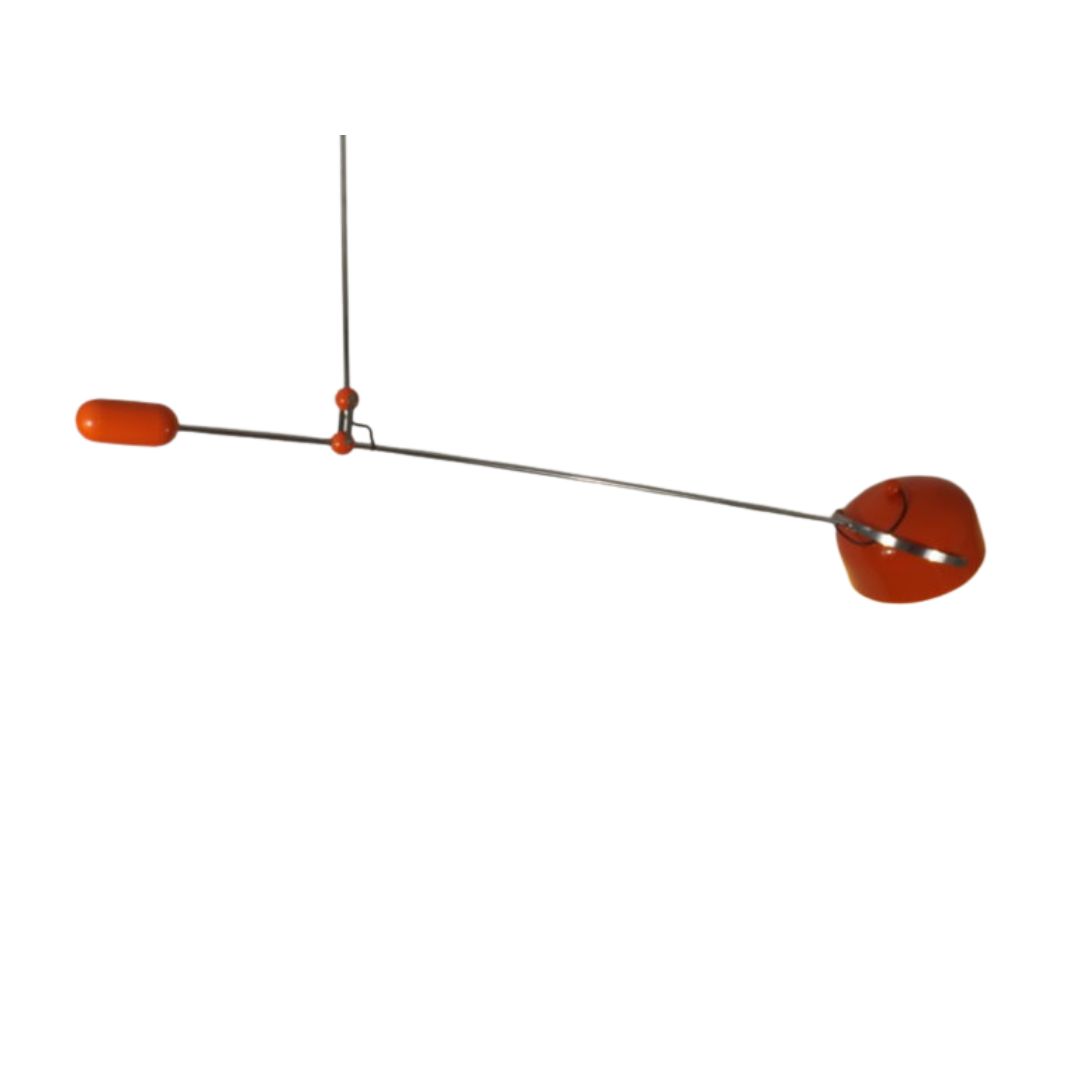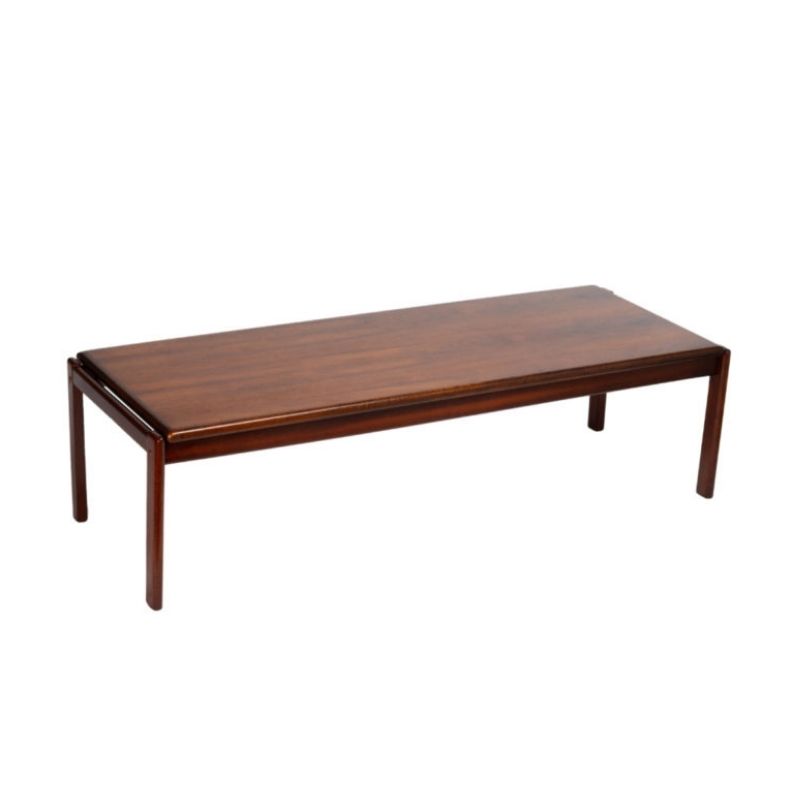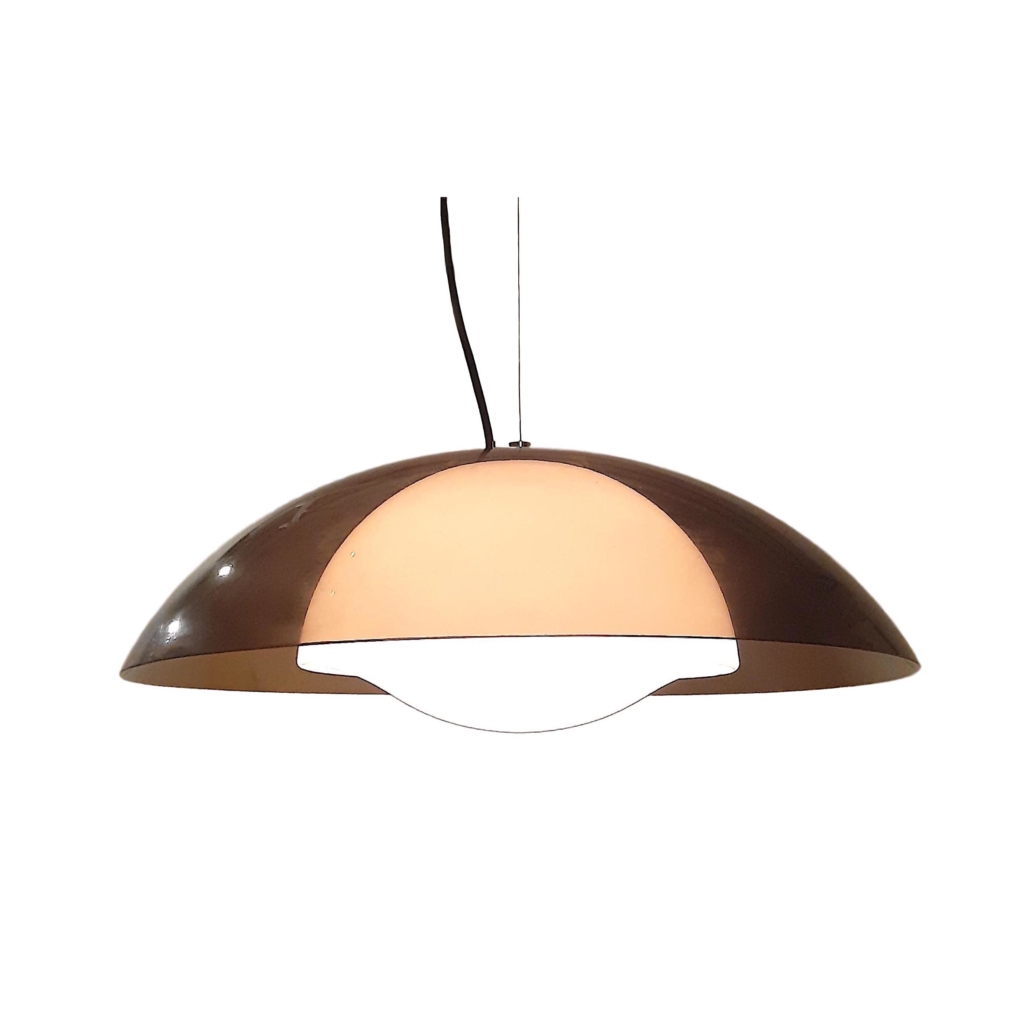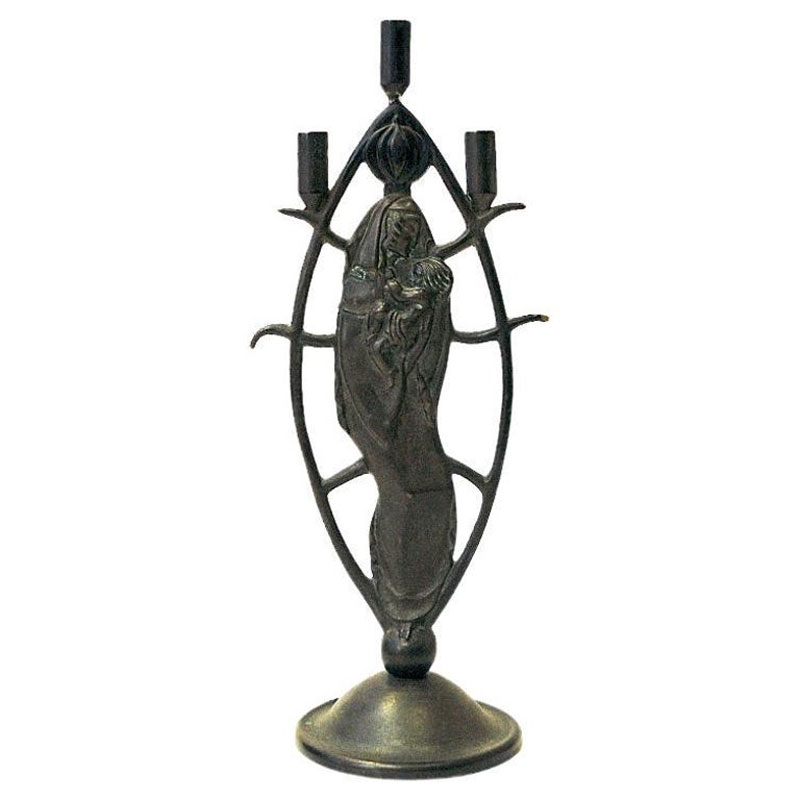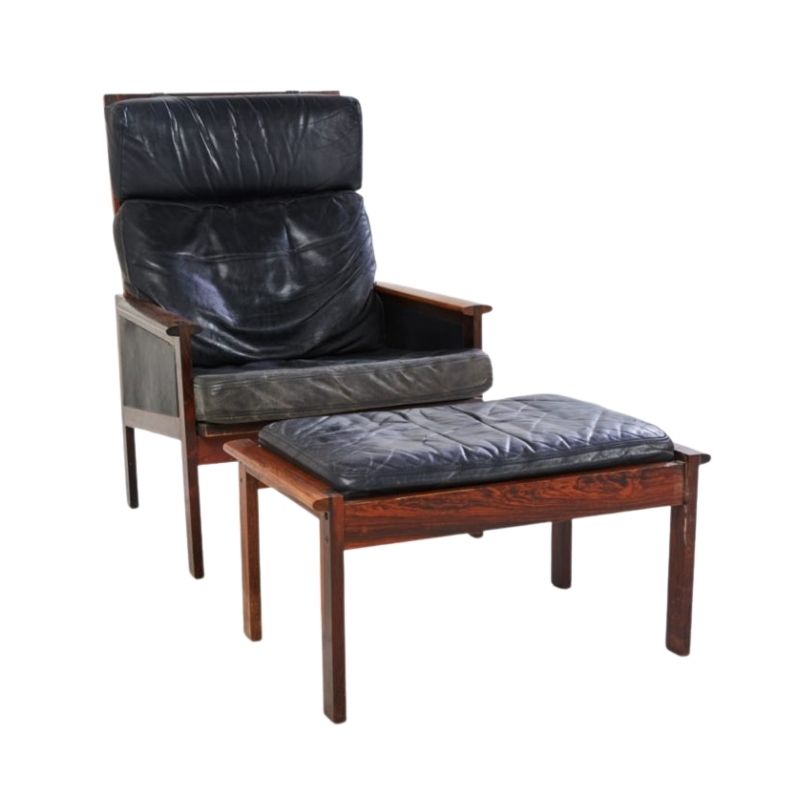We are thinking about getting a teak credenza but the finish on the front looks a bit odd. In the photo I have attached, the left most door has a certain pattern near the bottom. That pattern is also on other doors but not on the top or the side as far as I can tell.
My question is first of all is this normal? What may have caused it? I have also seen this on some other vintage teak pieces but never knew whether this is normal. Thanks very much!

🙂 you mean the grain of the...
🙂 you mean the grain of the wood, right?
it looks allright to me. it is caused by the way they slice or saw the wood. that's why you have different directions on different panels. it's a natural product, you know, wood.
what's the price on this? it's a Kofod Larsen piece I believe and has high value.
I wouldn't hesitate myself..
well
I can see the horizontal grain of the wood but are the vertical lines also part of the grain?
We are still negotiating on the price. What do you think is a reasonable range for it? I know I am not supposed to use this forum as a appraisal service but I am curious. My husband seems to really like the piece. I am still on the fence a bit.
Indeed, "curly" figure is a natural
grain variation. Logs, or "boles", chosen for veneer with this feature are highly sought after and usually command a premium price. Often they are reserved for high-end work. The very best examples are sometimes referred to as displaying "tiger stripe" or "fiddleback" grain. "Tiger" is also commonly used to describe the distinctive medullary ray flake exposed when certain species of oak are quarter-sawn.
You may find the variation visually obtrusive, though, since it is not present throughout. It's a matter of taste, not quality. I rather like it.
It's rather
unusual to see the grain running horizontally, with the entire front balanced about the centerline. A good use of an unusual very wide flitch, with partial fiddleback grain. Every piece of wood is unique -- but some are "more unique" than others . . . !
Note that there is a bit of the same figure in the drawer band as well. I have seldom seen this figure in teak.
the wood
looks like it could really use a good coat of teak oil. The seller is an elderly person so I suspect that it hasn't gotten a good coat of oil for a long time. I assume the grain will just show even more once it is properly oiled?
I think I understand now that the vertical pattern is part of the wood and it is actually highly desirable. Thanks for the advice... otherwise I would have never learned this. 🙂
SDR, I agree the bookmatched
veneer successfully reinforces the symmetry of the design.
Too often, I think, when pieces like this are put into production, the veneers are chosen at the shop for matching color and grain only. A monolithic surface may, indeed, have even been the designer's intent. But somebody actually thought about this one and I'd consider it kinda special for that reason.
Figured grain in teak is not really all that rare, though. We just don't see enough of it for the reasons above. Those benches I mentioned in Heath's thread had some boards with the most spectacular curly figure I've ever seen in teak. Nobody planned it. They ended up there by chance. They were simply the next ones in the stack.
The fiddleback is usually mor...
The fiddleback is usually more apparant on a sliced rather than rotary peeled log, its a bit more expensive and you start and end up with progressively narrower bands of veneer, its also the only way to get a bookmatched panel.
Its fine, I'd buy it.
Most manufacturers
seem to have been able to produce well-matched long-cabinet fronts -- by running the grain vertically and book-matching the panels. Nothing is much more homogenous than a narrow band through any part of a flitch of veneer.
What seems unusual (to me) about this cabinet is that the grain is run horizontally. And, I don't see a seam line running horizontally, meaning that the flitch of veneer was as wide as the height of the door panels.
.
yes, it was a reasonable sized tree.
I wonder if there is such a thing as a small (say 30 x 15 inch) veneer slicer available? Or if one could be made? The ones I've seen in operation were huge hut there is so much 'únusable' wood around that could be converted into veneer for Luthiers and box makers...You can bandsaw it but thats wasteful I think.
You need to heat (the tanks were hot and steamy and smelled of molasses, I never asked) the log but something guitar sized could be done fairly easily.
Veneer Jointer
Designed for cross cuts but could be used for small veneer...no fence though.
http://www.kuper.de/index.php?id=641&L=2
.
Looks like very good quality gear but nothing that will slice a log from what I could see.
Heh, that was a great job, sitting at the computer and reminicsing... it was run by a mad methodist family and you could eat off the floor, loading the logs via various conveyor belts was really fun with this joystick thing but at the end of the day you'd start switching off...which would often result in a GIGANTIC log being loaded on top of another one, rolling off the conveyor system, crashing to the floor and potentially taking out a forklift and/or coworker. I loved that job but the place was closed down because my idiot government thought an FTA with Malaysia or somewhere was a good idea.
more photos
We went and took a closer look at the credenza today. Generally the credenza is in a good shape, very sturdy and the wood has no marks on top, front or the sides. I tried to look for a maker's mark but it was packed with stuff so I didn't find anything other than a Danish sticker.
The only issue is that on the left side of it there is a piece of wood missing from the door near the hinge. The door functions just fine so it is purely cosmetic. There is also a small piece of wood missing from the corner of the left drawer. I have included these photos below and I wonder what your opinion is whether these should be considered reasons to not buy the piece.
The seller has no information on who made this but someone has said this is a Kofod Larsen piece?
If you need any help, please contact us at – info@designaddict.com



